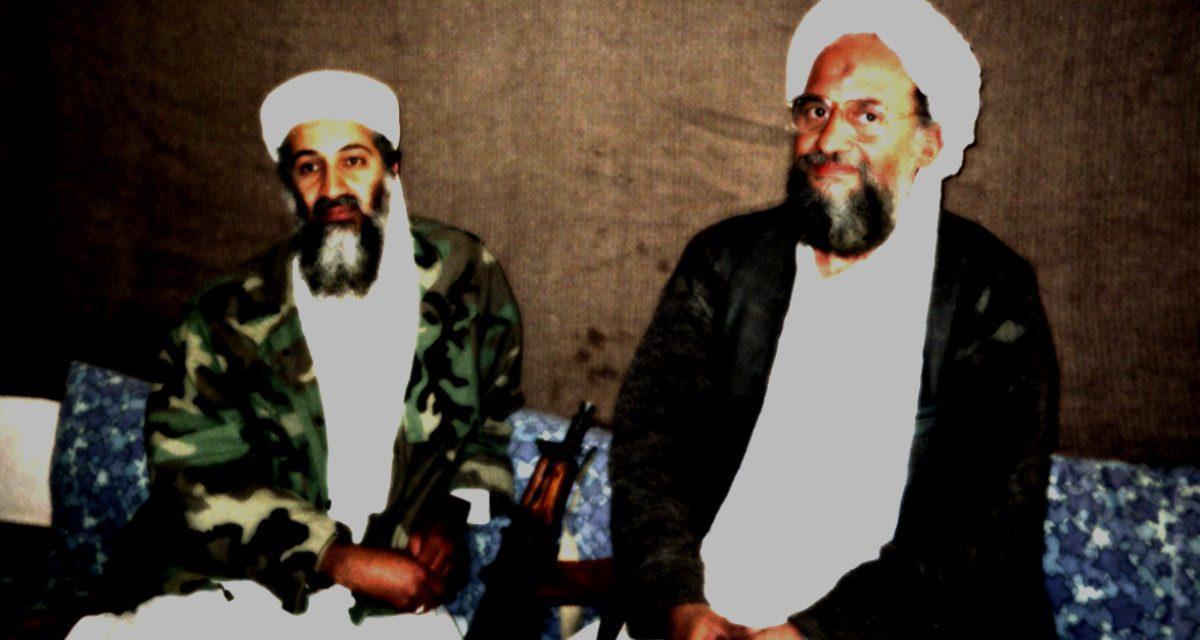The recent death of Ayman al-Zawahiri marks a rare inflection point for a terrorist organization that has had just two leaders in the more than three decades of its existence. That makes it a unique opportunity to take stock of al-Qaeda’s evolution, and also explore the types of leaders at the helm of terrorist organizations. When Zawahiri succeeded Osama bin Laden, what kind of leadership model did he adopt and what did that signal about the organization’s trajectory? And, especially relevant now, what type of leader will replace Zawahiri, and how should that inform US counterterrorism policy?
Dr. Tricia Bacon and Dr. Elizabeth Grimm are the authors of a new book, Terror in Transition: Leadership and Succession in Terrorist Organizations. They join this episode of the MWI Podcast to describe the five categories of leader they have identified, based on extensive and rigorous analysis of leadership succession in religious terrorist organizations: caretaker, signaler, fixer, visionary, and figurehead. They also explain what each of those types of leader would mean for al-Qaeda going forward and why it is so crucial for counterterrorism policymakers and practitioners to understand these leadership types as they conceptualize the threats posed by al-Qaeda and other terrorist organizations and seek ways to counter those threats.
You can listen to the entire discussion below, and if you aren’t already subscribed to the MWI Podcast, be sure to find it on Apple Podcasts, Stitcher, Spotify, TuneIn, or your favorite podcast app. While you’re there, please take a moment and give the podcast a rating or leave a review.

